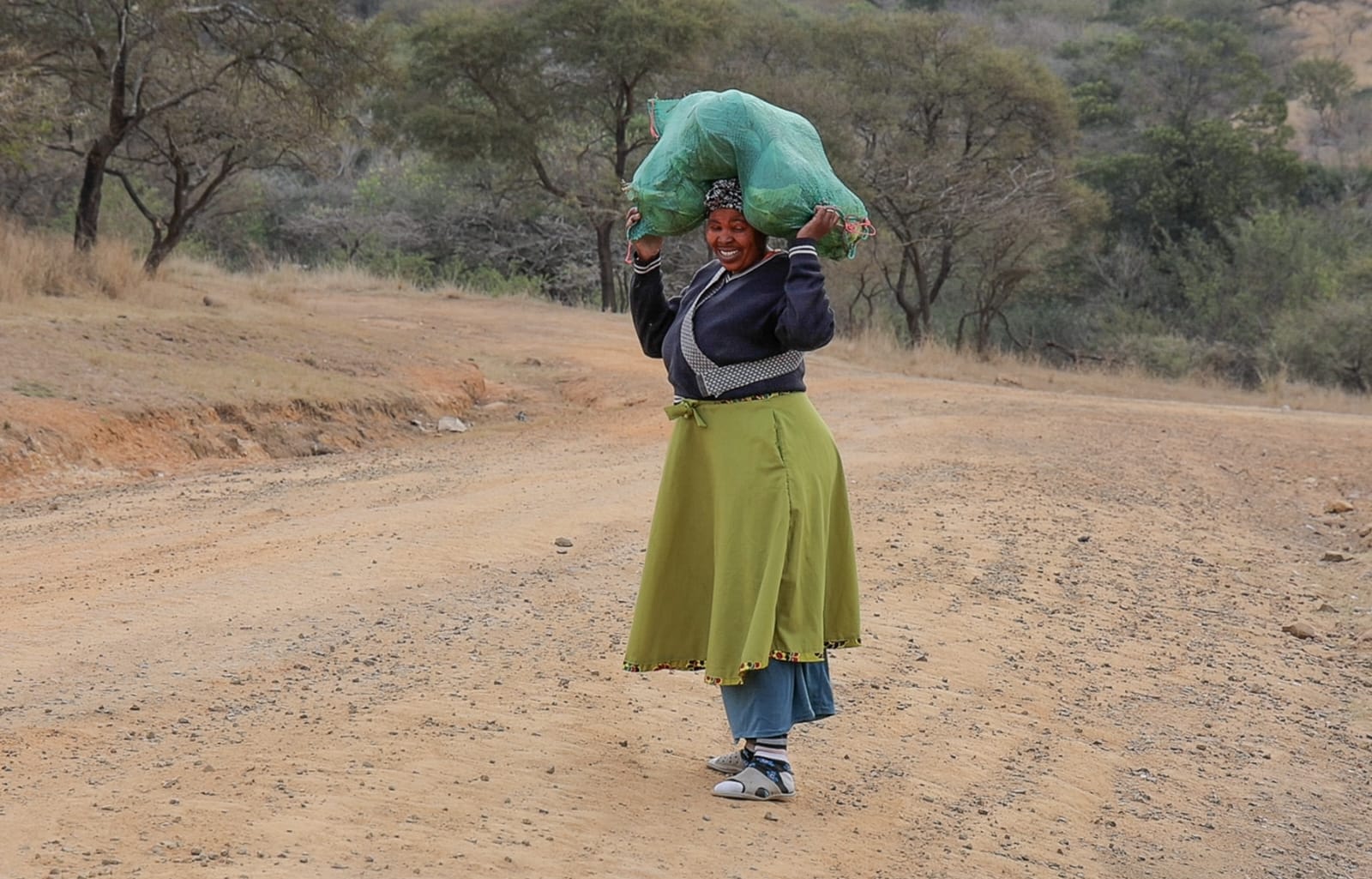Join SA Harvest’s fight for change, our fight to have the constitutional right to food fulfilled, our fight to rescue food and end hunger.
Click on the yellow button to join us today!
Read Alan Browde’s thought leadership article on how SA Harvest believes our government should intervene in the hunger crisis.
The Catastrophe of Hunger
Let’s be clear: The hunger crisis in South Africa is catastrophic. You might think this is an exaggeration, but the data speaks for itself!
- Up to 20 million South Africans are on a spectrum of severe food vulnerability, including, to our shame as a country, millions of children going to sleep hungry every night
- 27% of our children under the age of five suffer stunting and wasting from malnutrition. This is unimaginable in a country which has no shortage of food – and devastating, not only for the children and their families, but also for the future of our country!
- 7-10 million tons of edible food goes to landfill each year – equivalent to 30 billion meals. All the hungry could get enough food from wasted food alone.
- Up to 450 million kgs of methane gas emitted from S.A. landfills per annum.
What Can Be Done About It?
While organisations like SA Harvest are doing commendable work (at SA Harvest we have provided 53 million nutritious meals in 48 months), we can’t solve this crisis alone. It’s time for fundamental systemic changes, and that’s where government comes in. They have the resources and power, but tragically, they lack the will. Ending hunger in South Africa – preventing malnutrition in children – should be their first priority! That it is not, is heartless, cruel, and an injustice of the highest order. It is also an existential threat to this country.
There’s much the government could do. One massively impactful intervention is to deal with food waste.
Food Waste – Legal Intervention
The amount of nutritious food wasted in our food chain – from farms to retailers – is staggering. We waste 10 million tons annually, equivalent to 30 billion meals. With 20 million people on a spectrum of severe food vulnerability the need in a year is round 20 billion meals. So the amount we waste is enough to end hunger in South Africa. Legislation is essential to curb waste and ensure rescued food reaches those in need through organisations like SA Harvest and Food Forward SA. France’s “Garot Law” is a notable example.
The Garot Law
France has implemented a food waste policy, with specific regulations targeting supermarkets. The policy is known as the “Loi Garot” or the “Garot Law,” named after the French parliamentarian Guillaume Garot who initiated the legislation. Passed in 2016, the Garot Law has been highly effective in reducing food waste in France. It has put pressure on supermarkets to donate unsold but edible food to charitable organisations, thereby reducing the amount of food that would otherwise go to landfill. The food rescued in just the first two years post legislation, increased by almost 30%. Importantly, the law has also raised awareness about the issue of food waste and the importance of food donation.
The critical aspects of the Garot Law are:
- Donation Obligation: Supermarkets over 400 square meters must donate unsold edible food.
- Prohibition of Destruction: Supermarkets cannot destroy unsold food.
- Negotiated Prices: Fair pricing agreements encourage donations.
- Reporting: Supermarkets must report food donations.
- Tax Incentives: Tax breaks for food donations.
South Africa
What is the government doing in terms of hunger relief and food waste? The short answer is: nowhere near enough!!!
South Africa lacks comprehensive regulation. Despite some policy statements, there’s not enough action.
For instance, the 2014 National Food and Nutrition Security Policy emphasised the need for food storage facilities but lacked follow-through.
In 2023, a food loss and waste (FLW) draft strategy emerged, but it was poorly advertised and lacked transparency in progress after public comment. The Department of Forestry, Fisheries and Environment (DFFE) extended the deadline, but there was no increase in advertising its existence. SA Harvest submitted feedback but hasn’t received any confirmation from the Department on whether it was received or any details on progress post-public comment.
My belief is that the (draft) strategy should take a much tougher stance, and mandate by law what must be done to significantly reduce FLW, and to bring all food policy under one roof into a single, dedicated structure.
Given the catastrophe in South Africa around hunger, malnutrition, loss of dignity, and the greatest injustice to South Africans, it is illogical to have three different ministries responsible for creating solutions. They all struggle to communicate internally within their departments, so how can they solve the country’s greatest crisis, which necessitates communicating and coordinating between themselves. It’s no wonder we’re in such an indescribable mess, with millions of our children going to sleep hungry every night in a country where there is no shortage of food.
Shame on us!
